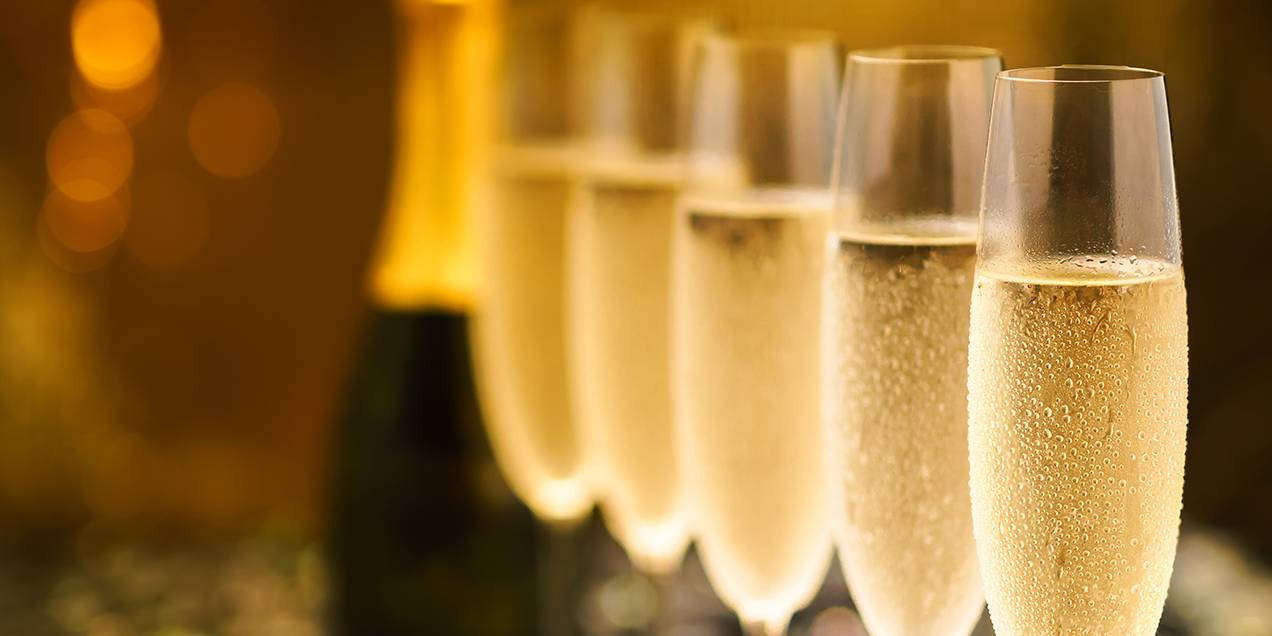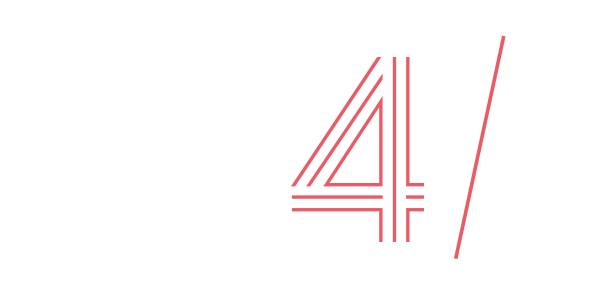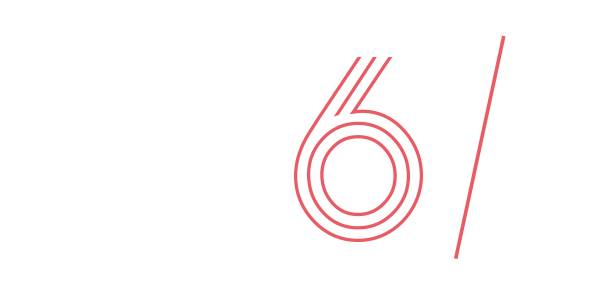Difference between cava Brut y Brut Nature

MAXIMILIANO BAO / sumiller
There have always been many doubts about the different Cavas, and the differences to classify them. As we all form part of the Consum Winery, we wanted to compile the most frequent questions, false rumours, and doubts to answer them one by one and achieve a bit more expertise in this world that we like so much.
Take note and enjoy!
...

How does a Brut Cava differ from a Brut Nature Cava?
The difference between a Brut Cava and a Brut Nature Cava is that no sugar can be added to the latter, and that it can contain a maximum of 3 grams per litre - and this is despite the general belief that a Brut Nature Cava never has any sugar - whereas a Brut Cava can have up to 12 g/l.
...

What is done to make a Cava more or less dry?
This is thanks to the so-called "expedition liqueur", which is a combination of wine, sugar, and each winery’s secret ingredient, that can be added - except for Brut Nature - just before the final capping. Depending on the sugar that is added, the Cava will be sweeter, and the label will say Extra Dry, Dry, Semi Dry or Sweet, if it contains more than 50 grams of sugar per litre.

What differences do you notice when you drink each type of Cava?
A Brut is generally sweeter than a Brut Nature and this also makes it less acidic, as the sweetness balances out the acidity (just think how a lemonade changes when you add sugar). That is why most Champagnes are Brut, to soften the enormous freshness that characterises them.

...

So, why aren't they all Brut, at least?
Because make-up does not always extol the natural beauty, and because we each have our own particular taste and prefer one Cava to another.
...

Is a Brut Nature always better than a Brut or a Semi Dry?
This is a false rumour that does nothing but hinder the understanding of these delicious sparkling wines. The quality of the wine can be increased by the expedition liqueur or be overshadowed if done incorrectly, but the amount of sugar is independent of its quality. Try them and choose for yourself.
...

What marks the quality of a Cava?
In general terms, a good Cava always: smells a lot and of a lot of good things, it has good acidity, gives off a very slight and well-integrated carbonic acid, but above all, it is characterised by a very harmonious whole.
...

So, what is the best way to accompany them?
Both can be paired at any time of the day, but it is usually advisable to accompany starters and savoury dishes with Brut Nature Cavas, and to accompany desserts with Brut Cavas. With exceptions such as foie gras and dishes with blue cheeses, which are usually better paired with Semi Dry Cavas.
...
A word of advice: if you are celebrating and you know you are going to make a toast at the end of your lunch or dinner, try to accompany all the dishes with Cava, and leave the red wines for another occasion, and you will see how good the toast feels
Once we have solved all the doubts, all that remains is to organise a tasting to put all our knowledge to the test.
What do you think about?
Share comments, opinions and tricks with the Community







